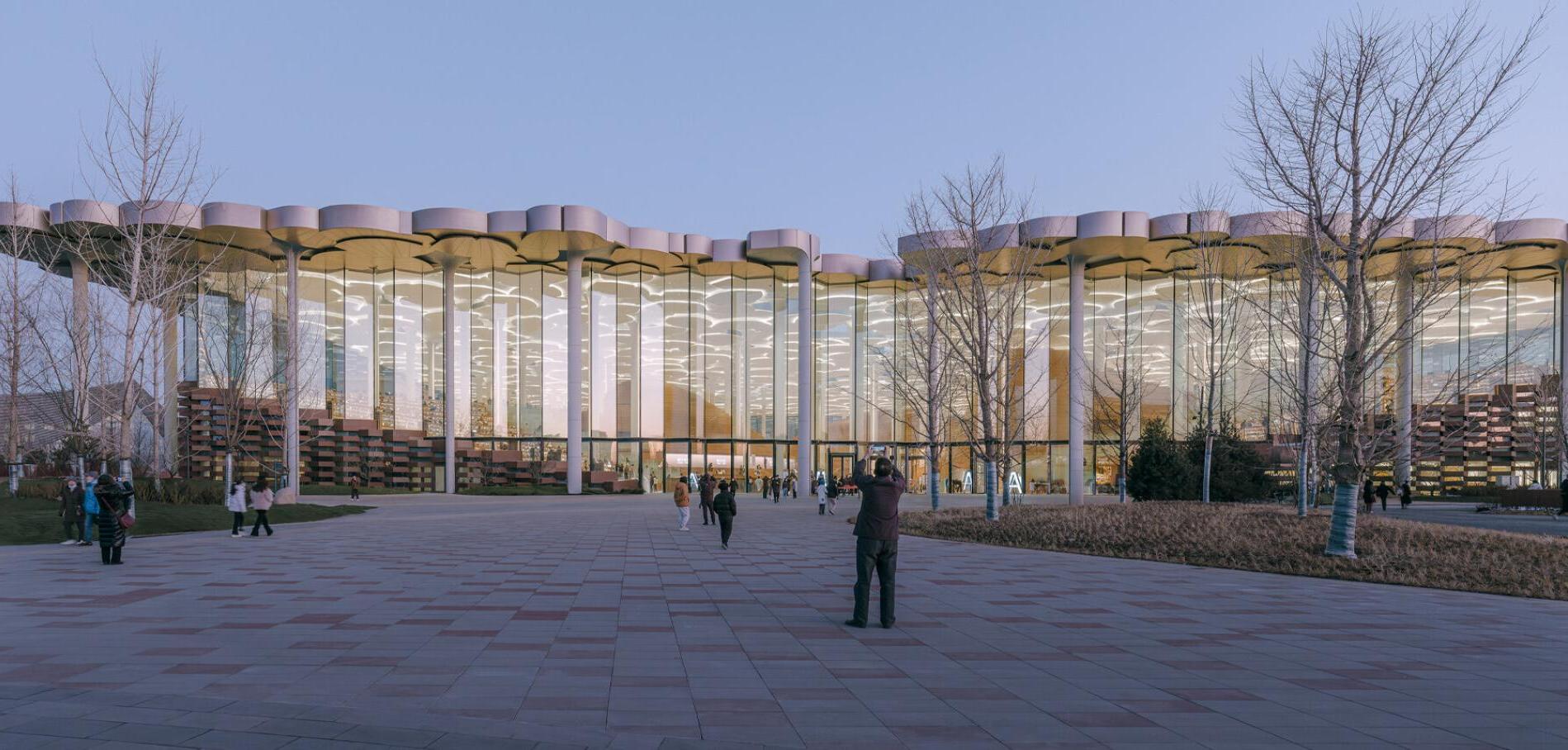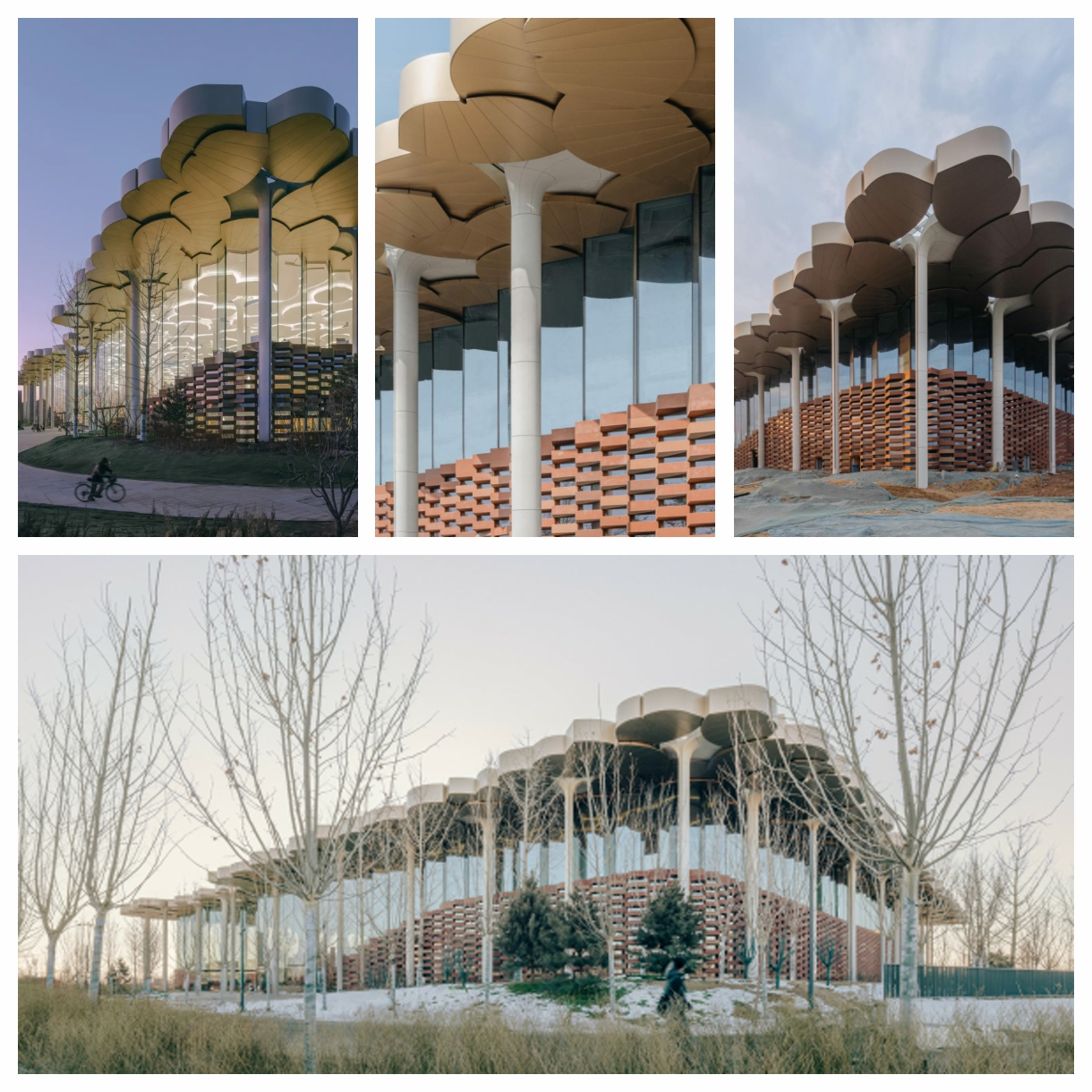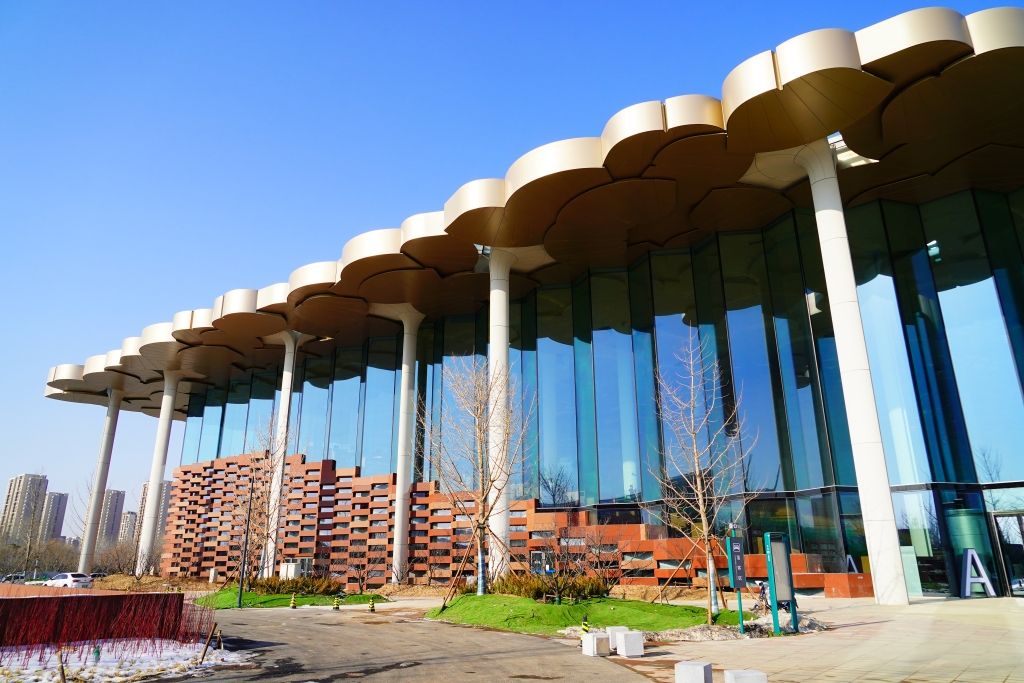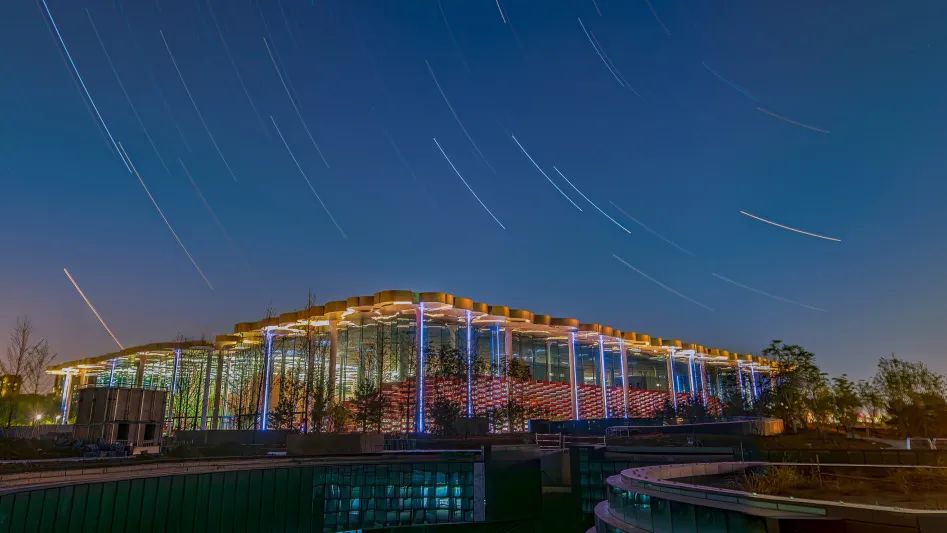

The LACADIERE Skyline in Chengdu represents a rare moment in façade engineering: a super-tall residential tower whose exterior envelope combines techn...
большеNagpur, the “Orange City” of Maharashtra, has emerged as one of India’s most promising tier-2 technology centres. Strategically located at the geograp...
большеWhen designing a stadium, architects must balance multiple priorities: capacity, comfort, energy efficiency, safety, and visual identity. In the era o...
большеThe Beijing City Library stands as a new cultural landmark, representing the perfect blend of traditional Chinese heritage and modern environmental sustainability. As a major public space within the Green Heart Forest Park in Tongzhou District, the library has garnered international recognition for its innovative design and eco-friendly construction. At the core of its architectural brilliance lies LOPO Terracotta, which plays a key role in both the building’s cultural symbolism and its sustainable performance. This unique fusion of culture and sustainability offers a model for future public buildings.

The architecture of the Beijing City Library is deeply rooted in traditional Chinese culture. Its design draws inspiration from the Chiyin—the ancient crimson seal that symbolizes dignity, authority, and tradition. The building’s square form, accentuated by brick-red terracotta panels, recalls the timelessness of this cultural emblem. Yet, the library’s structure and materials also reflect the forward-thinking nature of modern architecture, merging cultural motifs with cutting-edge technology.
LOPO Terracotta’s contribution to this dual purpose is significant. With its naturally fired terracotta panels in brick-red and sandy beige, the facade echoes the warmth and heritage of ancient China while supporting modern sustainability goals. These panels not only provide a rich aesthetic experience but also serve critical environmental functions, making them an integral part of the building’s design.
Sustainability is a cornerstone of the Beijing City Library’s design. In response to growing concerns about environmental impact, the library was constructed to meet the highest standards of green building practices. The choice of LOPO Terracotta as a key material reflects this commitment to sustainability.
LOPO’s terracotta panels, made from natural clay, are produced using low-energy firing processes that minimize carbon emissions. The 11,783 square meters of terracotta cladding on the library’s facade not only reduce the building’s environmental footprint but also ensure long-term durability. Terracotta is a naturally robust material, resistant to weathering and requiring minimal maintenance, which contributes to the building’s overall sustainability.
Moreover, terracotta’s thermal properties help reduce energy consumption by providing natural insulation. In the hot summers of Beijing, the terracotta panels help to limit heat gain, while in winter, they reduce heat loss. This results in a more energy-efficient building that requires less heating and cooling, ultimately lowering the library’s carbon footprint.

In addition to its sustainability benefits, LOPO Terracotta also enhances the experience of those who use the library. The building’s glass curtain walls allow natural light to fill the interior, creating an open and inviting environment. However, glass can sometimes create problems, such as glare or excessive heat. The terracotta panels provide a complementary solution by diffusing sunlight and offering natural shading, improving the comfort of the indoor spaces.
The library also incorporates small, operable windows within the terracotta facade to allow for natural ventilation. These windows help circulate fresh air throughout the building, reducing the need for mechanical ventilation and improving indoor air quality. By utilizing these natural solutions, the library creates a healthier, more sustainable space for its users, from readers to researchers.

One of the most impressive aspects of the Beijing City Library is its ability to merge cultural symbolism with modern architectural innovation. The design leverages the aesthetic and symbolic qualities of LOPO Terracotta to connect the building to its cultural roots, while also benefiting from terracotta’s modern performance as a sustainable material.
The triangular columns created from terracotta, arranged in a staggered pattern around the building’s entrances, create a sense of rhythm and movement. These columns serve as a physical representation of the balance between old and new, blending with the natural environment while showcasing the structural precision of modern construction.
Additionally, the building’s layout is designed to harmonize with the natural landscape of the surrounding park, further emphasizing its environmental integration. The north and south facades, dominated by terracotta, blend seamlessly with the green surroundings, while the transparency of the glass curtain walls reflects the sky and trees, symbolically connecting the library to both nature and culture.
As cities continue to grow and develop, the need for sustainable urban spaces becomes increasingly urgent. Public buildings like the Beijing City Library offer a blueprint for how large-scale, multifunctional spaces can prioritize sustainability while also honoring cultural heritage. LOPO Terracotta’s contribution to this project exemplifies how traditional materials can be reimagined for modern green building practices.
The self-cleaning properties of terracotta, its durability, and its ability to regulate temperature make it an ideal material for urban environments that require both longevity and eco-friendly solutions. Moreover, terracotta’s recyclability and low environmental impact during production align perfectly with the global movement toward more sustainable construction.
LOPO’s role in the Beijing City Library project demonstrates the potential of terracotta to be a key material in sustainable urban development. As more cities look to reduce their carbon footprints and create environmentally responsible buildings, the combination of traditional craftsmanship with modern innovation—exemplified by LOPO Terracotta—will likely become a model for future architectural endeavors.

The Beijing City Library is a powerful example of how architecture can honor the past while building for the future. By incorporating LOPO Terracotta into its design, the library achieves a unique fusion of cultural symbolism and sustainability, creating a space that is not only beautiful and functional but also environmentally responsible.
LOPO Terracotta’s role in this project highlights the company’s commitment to sustainable building materials and its ability to deliver high-quality solutions that meet the demands of modern architecture. As the world continues to prioritize sustainable development, LOPO Terracotta will remain at the forefront of this movement, contributing to projects that blend tradition, innovation, and environmental stewardship.